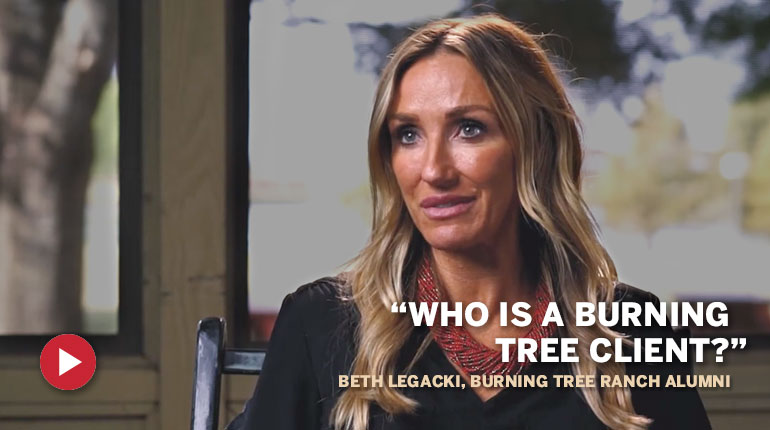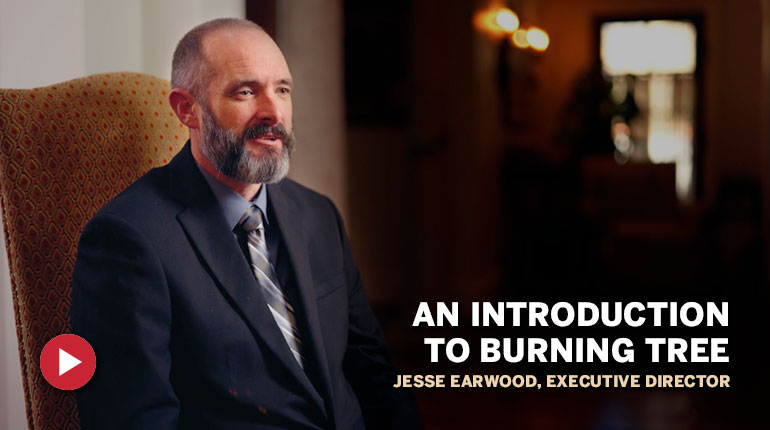America imprisons its citizens at a startling rate and often for non-violent crimes. With the most incarcerated individuals per capita of any country in the world, and an epidemic of prison over-crowding, there is a growing call for the release of non-violent drug offenders. Prisons are not equipped to provide adequate treatment for addiction, and when any amount of rehab is provided, it is scarce. Non-violent drug offenders are often forced to endure painful withdrawal symptoms without medical care, only to relapse after acquiring prison drugs or upon release. By looking at the many ways professional treatment for addiction is better for those with substance use disorders, as well as for our society, we can better address the issue of substance abuse in our country.
Addiction as a Disease and a Crime
One of the fundamental aspects of understanding addiction is its classification as a disease. Once addiction takes hold of a person abusing substances, it creates chronic symptoms including an inability to quit using without professional help. There are two conflicting ideologies surrounding addiction, however, and these opposing paradigms create a lack of clarity as to how we should handle addicted citizens. In addition to the understanding of addiction as a chronic illness, there is a persistent archetype of the criminal addict. The image conjured in the collective mind of society when discussing criminals with addictions is typically a volatile and dangerous man who is capable of anything. These two definitions cannot coexist with the expectation of successfully eradicating drug abuse.
The criminalization of drug use has created intense debate. Many advocates for harsh drug laws claim that making drugs legal would increase abuse and addiction, but countries that have legalized drug use may prove otherwise. Portugal, for example, decriminalized all drug use in 2001 and has since seen some surprising effects. Overdoses dropped significantly, and adult drug use was cut in half by 2012. Portugal has continued to prosecute drug traffickers, therefore criminalizing the disbursal of drugs but not the use. This is one strategy that may prove effective in the US, if there was ever a political climate to achieve such drastic change.
Rehab in Prison vs. Professional Treatment Centers
Currently, those in prison for non-violent drug crimes may receive little to no treatment for their addictions. For those prisons that do offer treatment, the level of care is questionable. However, prisons that offer treatment for addiction see a lower rate of crime and drug use after release in those who have been convicted for non-violent drug crimes. For some people with addictions, prison may be the first time they encounter a 12-Step program such as Alcoholics Anonymous. AA can provide peer support from people with similar experiences, while also suggesting tools and strategies for staying sober after release.
Some prisons offer additional services to addicted inmates such as therapy and group counseling. Access to these treatments greatly reduces the chances of repeat drug arrests, but the effectiveness of psychotherapy for addiction in a severely limited prison setting is debatable. One major difference found in prison drug rehabilitation programs versus outside treatment centers is the availability of methadone for managing detox. Methadone is a controlled substance that is considered problematic in prison settings due to its addictive qualities, but offering methadone therapy to those who need it greatly reduces the chances of relapse, crime rates, and incidents of an overdose after incarceration.
Holistic treatment outside prison walls provide a significant contrast to the treatment of inmates. While similar methods such as therapy and 12-Step programs are commonly utilized, the attitude towards the client is one of providing medical care and compassion. In drug addiction treatment centers, clients are not encouraged to feel ashamed or plagued with guilt over their addictions, but to take control of their lives and find a way back to health and wellness. Additionally, many prisons lack comprehensive detox programs for addicted individuals during their initial transition to recovery. Addiction treatment centers assess each client’s level of addiction and can help facilitate medically supervised detox, if necessary.
The Cost to Individuals and the Economy
While some people would like to decriminalize drug use entirely, others feel that offering treatment for addiction to prisoners is a luxury taxpayers should not be forced to provide. Based on the numbers alone, however, the cost of providing treatment for addiction and consequentially lowering future rates of imprisonment is far less than funding the legal process for repeat offenders. Furthermore, the monetary cost of drug addiction to society, factoring in crime rates, homelessness, and unemployment, is exponentially greater than the cost of providing treatment to all addicted individuals. In addition to the economic cost of addiction, people with substance abuse disorders are more likely to commit crimes that victimize others. This is a human cost that cannot be quantified but may be prevented by quality treatment for drug addiction.
If you or someone you love is struggling with addiction, now is the time to seek help. At Burning Tree Ranch, we specialize in long-term care that produces real results, especially for those who have experienced a relapse. Here you will find a team of qualified and compassionate professionals, ready to help each client through a customized treatment program that addresses all aspects of addiction, including the identification of co-occurring disorders. We know that the journey towards recovery doesn’t end with the conclusion of an inpatient program, which is why we provide extensive aftercare programs to best support our clients during their transition into lasting sobriety. We also know that addiction affects the whole family, and therefore loved ones are encouraged to participate in the recovery process and take advantage of all our support resources.





